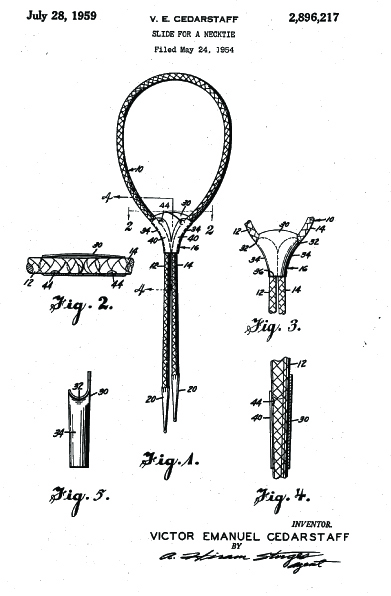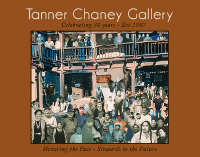History of the Bolo

Among those things quintessentially American—John Wayne, the Grand Canyon, and Hollywood Westerns—is also the bolo tie. Consider the story of how the bolo came to be—actually several stories...mythology being another component of American icons. One comes from an icon in Indian arts: the late Manny Goodman, owner of The Covered Wagon, in Old Town, Albuquerque. He shared a recollection of Albuquerque in the 1930's, of Navajo, Hopi and Zuni men using silver conchos to clasp bandannas at their necks. Western historians point earlier to the pioneer tradition of kerchiefs tied at the neck, and to the mid-1800's when cowboys turned the kerchief around on their necks and knotted them at the back to make the bandanna. The stuff of mythology, however, needs a hero for the story, and thus we have Victor Cedarstaff, of Wickenburg, Arizona.
It's the late 1940's and Victor and his buddies are chasing wild horses across the northern reaches of the Sonoran Desert (about 60 miles northwest of Phoenix). The hunt was fierce, and in the fray Victor's hat with its ornate silver-trimmed hatband flew off. Wheeling his horse around, he grabbed up his hat from the ground by its band and slipped it over his neck, ending up with the silver strap buckle and leather braids hanging in front. A friend complimented his new look and Cedarstaff, already a silversmith, worked on an idea and created his own line of ties made of plaited leather and tipped with silver to prevent fraying. He called his invention the”piggin necklet,”which, just like pigs, didn't fly.
He settled on the Bolo Tie, deriving the name from baleadora, the Argentine Goucho's weapon used like a lariat for handling cattle. On May 24, 1954, Victor applied for a patent and the bolo was born...on horseback in wild desert country of the American West.
It didn't take long for Native American silversmiths to adapt the bolo to their own designs. Their own silversmithing legacy heralding back to the bridles and harnesses on Conquistador horses, Navajo bolos featured heavy silver and stunning stones; Zunis inlaid dancers, eagles and sunfaces; Santo Domingo Pueblo Indians inlaid shells and worked in brass.
And in less than twenty years from Victor's patent application, the Governor of Arizona signed into law (in 1971) that the “Bolo Tie” was the official neckwear of the State of Arizona. New Mexico followed in 2007 (preceded by non-binding measure designating the bolo the official state neckwear). In the same year, the Texas Legislature named the Bola the official tie of Texas.
Called the Bola Tie, the String Tie, the Bootlace tie (in Britain), even the Texas Tie...no matter the name, there are certain basics to a bolo tie. It consists of braided leather—called the bolo strap or more often the lanyard—then finished off with metal tips, called bolo tips, and a slide that tightens gently at the neck. In the hands of skilled artisans, these basics of a functional tie are transformed into art. What began as a cowboy's new vision of neckwear has found its meaning and character within the rich cultural expressions of the Southwestern Native American artists. The purpose of a bolo may be to hold up a collar in place of a tie, but the bolo is less about function and more about an expression—of art and of the wearer. An invention of a cowboy on horseback and fully expressed in the art of our First Americans, the bolo represents those quintessential qualities of the American West—limitless possibilities, endurance, and timelessness. More than neckwear fashion, the bolo is a statement of character.

